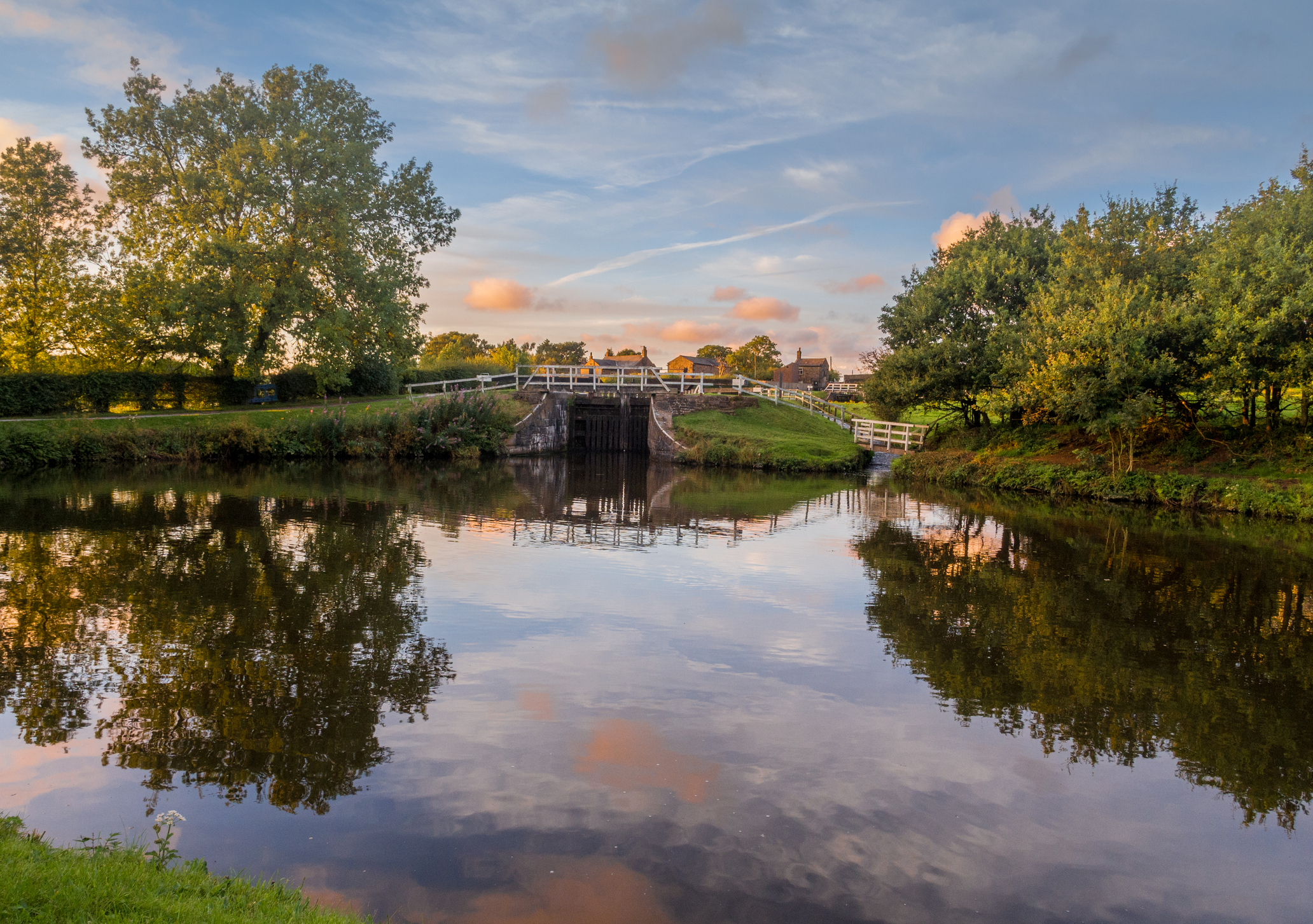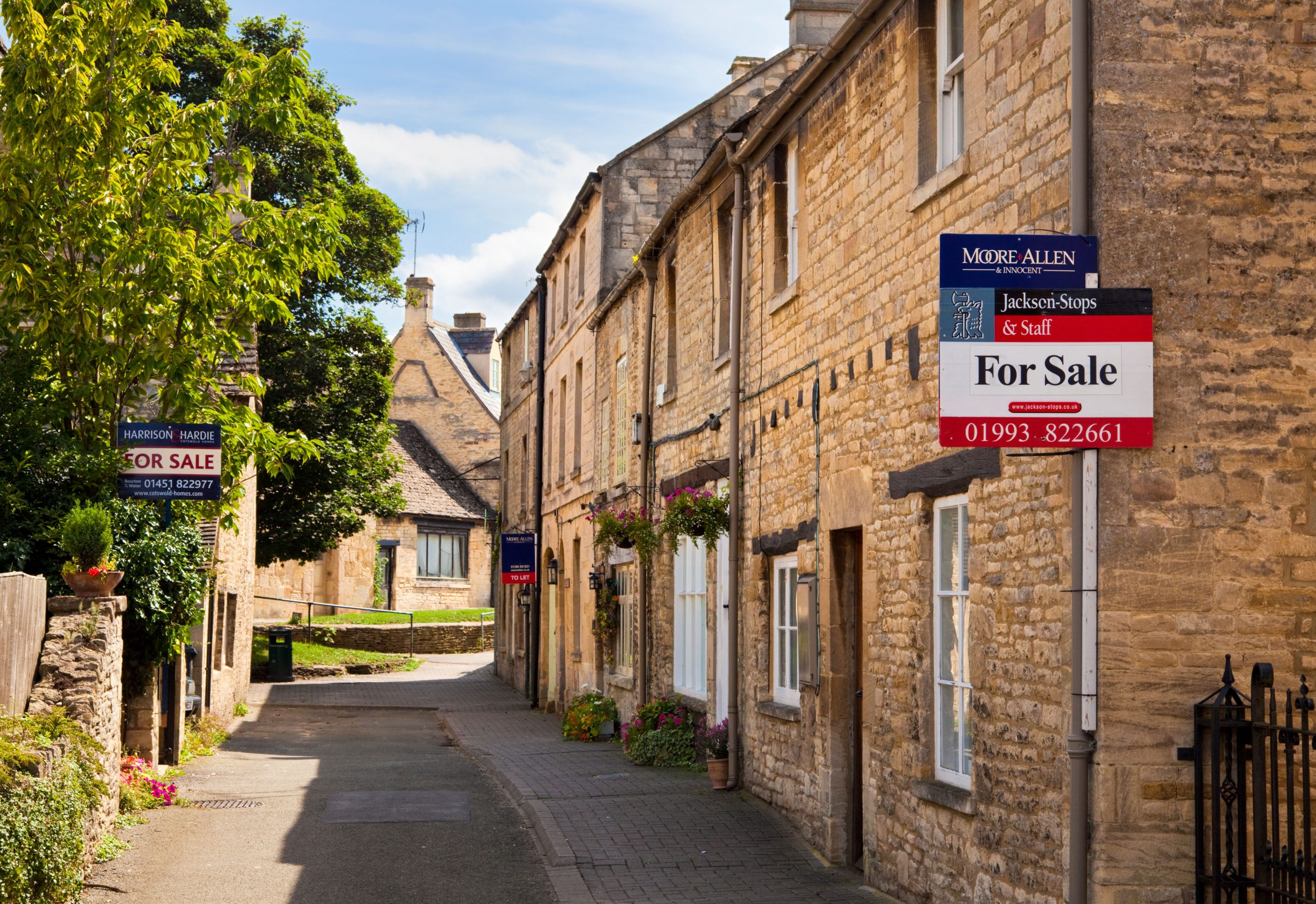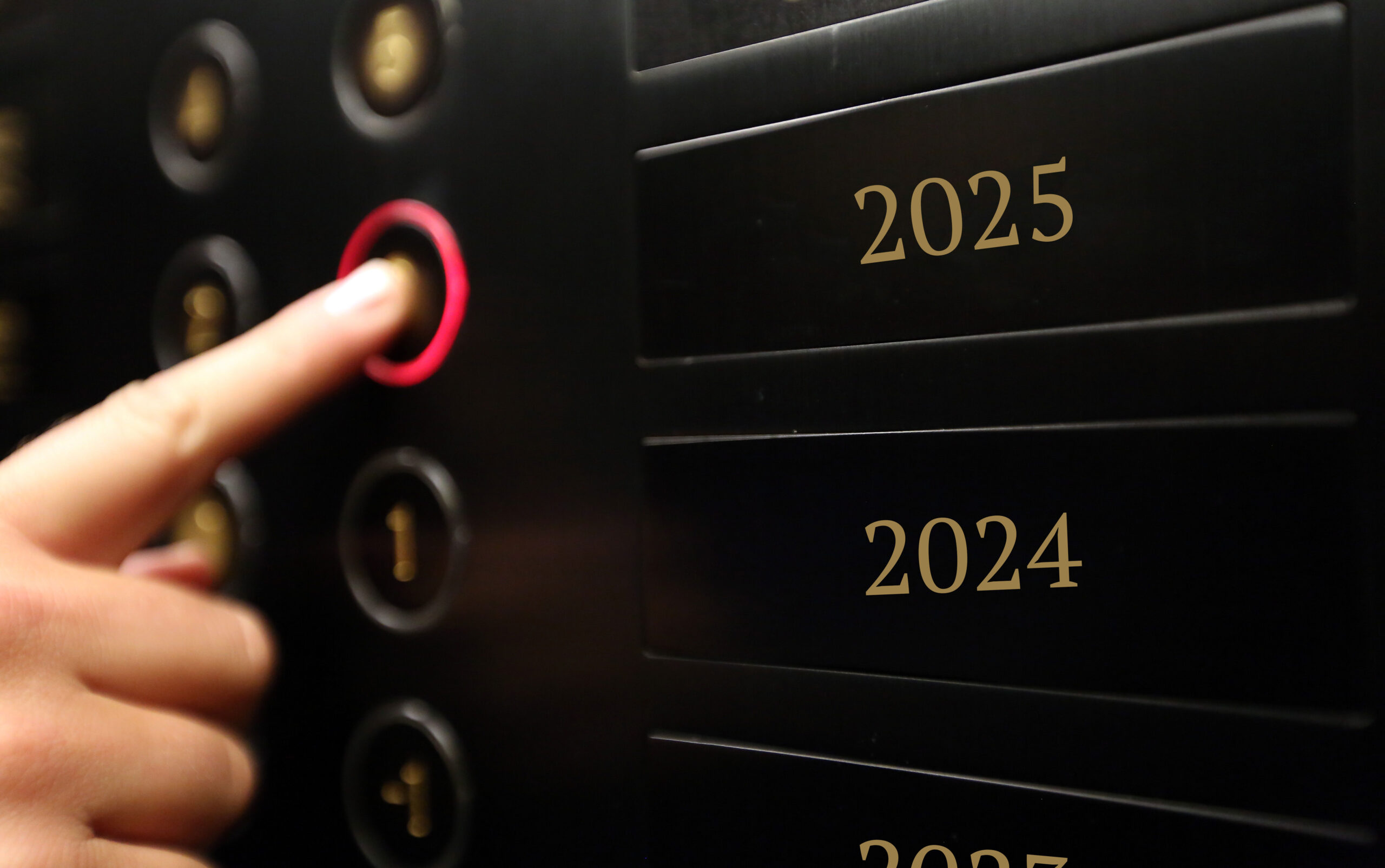Property Talk: Interest rates rise again — so are we near, or at, a peak?
The Bank of England’s decision to increase interest rates for the 12th time was expected. But is there more to come? Annabel Dixon takes a temperature check of the housing market.


Economic porridge.
Yes, you read that right. ‘Bank of England governor Andrew Bailey’s economic porridge could be 'just right'’, says The Wealth Club. We're pretty sure they meant to reference Goldilocks's reaction — i.e. not too hot, not too cold — rather than the oat-based breakfast staple, but their message is clear enough. It was just one of many reactions to the Bank of England’s decision this week to raise interest rates for the 12th time in a row, by 0.25 per cent to 4.5 per cent.
The increase was widely anticipated — as is often the case with these sorts of announcements — and the general consensus seems to be that it has already been factored into the equation. This is the sort of change the City loves: small, predictable, and almost entirely unsurprising.
A 'line in the sand' to ensure that 'the cost of debt does not create more problems than it is attempting to alleviate'
Marcus Dixon, director of UK residential research at JLL, explains: ‘Higher borrowing costs will of course impact both new and existing homeowners coming off fixed-rates, but banks had already anticipated rates would rise meaning much of this is already priced into fixed-rate deals.’
Yet the cumulation of 12 consecutive rate rises is ‘significant’, warns Mark Harris, chief executive of mortgage broker SPF Private Clients. ‘A borrower with a £250,000 mortgage on a tracker pegged at 1 per cent over base rate will have seen their monthly payments rise from £943 in December 2021…to £1,535 today,’ he points out.
So could interest rates be at, or nearing, a peak? ‘The industry expectation is that the next few months could draw a line in the sand for further rate rises, to ensure the cost of debt does not create more problems than it is attempting to alleviate,’ says Nick Leeming, chairman of Jackson-Stops.
But back to that economic porridge: ‘The challenge Andrew Bailey faces from here is keeping a perfect bowl of economic porridge at just the right temperature,’ says The Wealth Club investment analyst, Nicholas Hyett. ‘Global economic gusts, not least the growling bear of a US banking crisis, are unpredictable.’ In other words, we’re not necessarily out of the woods yet.
Sign up for the Country Life Newsletter
Exquisite houses, the beauty of Nature, and how to get the most from your life, straight to your inbox.
The big picture on house prices
The rate rise came just hours after the latest monthly report from RICS. Its well-respected survey of members reveals a ‘market continuing to struggle’, weighed down by high borrowing costs and an uncertain economic outlook. That said, most of its indicators, including price expectations, are improving from the lows hit towards the end of last year.
Elsewhere, Halifax figures, released earlier this week, show that after three months of rises, UK house prices dipped -0.3 per cent, or £1,000, in April. Average values are largely unchanged from this time in 2022, with the annual rate slowing to 0.1 per cent, from 1.6 per cent in March, the lender adds.
Commenting on the data, Jeremy Leaf, north London estate agent and a former RICS residential chairman, says: 'Contrary to other recent housing market surveys, these figures show we cannot be complacent about recovery as cost-of-living and mortgage worries persist, which are making buyers cautious about longer-term commitments unless they see real value.’
If you follow the various house price indices closely, you’ll have noticed they don’t always match up, as we explain in Property Talk. And this can certainly paint a confusing picture at times.
But Tom Bill, head of UK residential research at Knight Frank, explains: ‘You can quibble about whether prices are up or down but the big picture is that annual growth is broadly flat and transactions clearly hit their low-point in January.’
The return of the 100 per cent mortgage
The unveiling of Halifax’s April house price figures coincided with the launch of a new deposit-free mortgage. Skipton Building Society made waves with its new 100 per cent loan exclusively for renters struggling to save for a deposit.
Karen Noye, mortgage expert at Quilter, says: ‘This is the first time a product like this has been on the market since the financial crash and should help those trapped renting find properties even if they don’t have a deposit.’
Noye makes the point that even with higher interest rates, ‘those that have managed to save enough for a deposit are increasingly finding that they can achieve the same monthly payments, if not less, by buying a property rather than renting’.
However, it’s likely to reinvigorate the debate about deposit-free loans, which the Guardian delves into here.
‘We've just witnessed the introduction of the 100 per cent mortgage for renters, which means they've got no equity. Now we're raising interest rates, putting pressure on affordability, which increases the risk of a property price decline also meaning that those 100 per cent mortgages are going to be in negative equity,’ says David Hannah, group chairman of Cornerstone Tax.
‘Homeowners coming off fixed-rate deals and moving straight into a 5.5 per cent mortgage are going to be unable to afford them. That's going to lead to a load of repossessions and forced sales which is not good news. That's going to shatter confidence in the market.’

Is the housing market's spring boost a corner turned, or 'just a blip in a downward trend'?
Surprisingly bright numbers from the nation's big mortgage lenders have caught analysts on the hop — but is the property market

Is the property market seeing a soft landing — or a false dawn?
The latest dispatches from the property market make for much brighter reading than they did a couple of months ago

Property Talk: The top 10 places in the UK where first-time buyers won't have to compromise (well, according to this list at least)
A new piece of research looks at the best places for first-time buyers to get on the property ladder — but
-
 'Monolithic, multi-layered and quite, quite magnificent. This was love at first bite': Tom Parker Bowles on his lifelong love affair with lasagne
'Monolithic, multi-layered and quite, quite magnificent. This was love at first bite': Tom Parker Bowles on his lifelong love affair with lasagneAn upwardly mobile spaghetti Bolognese, lasagne al forno, with oozing béchamel and layered meaty magnificence, is a bona fide comfort classic, declares Tom Parker Bowles.
By Tom Parker Bowles Published
-
 Country houses, cream teas and Baywatch: Country Life Quiz of the Day, April 24, 2025
Country houses, cream teas and Baywatch: Country Life Quiz of the Day, April 24, 2025Thursday's Quiz of the Day asks exactly how popular Baywatch became.
By Toby Keel Published
-
 The 'best places to live' ranking that lists all 1,447 towns, cities and large villages in England and Wales — who is this year's winner?
The 'best places to live' ranking that lists all 1,447 towns, cities and large villages in England and Wales — who is this year's winner?Redbourn has been named the best place to live in the country.
By Annabel Dixon Published
-
 Some of Scotland's most beautiful churches are being sold off for as little as £40,000 — but a word of warning before you take the plunge
Some of Scotland's most beautiful churches are being sold off for as little as £40,000 — but a word of warning before you take the plungeLucy Denton examines how best to help former church buildings thrive as times move on and property changes hands.
By Lucy Denton Published
-
 Two-thirds of us buy a house and immediately set about refurbishing it
Two-thirds of us buy a house and immediately set about refurbishing itWe spend more buying our houses than on anything else in our lives — yet the first thing we do on moving in is set about changing the place. Annabel Dixon takes a look at what we do and why.
By Annabel Dixon Published
-
 The Catch-22 that's clogging up the housing market? The over-50s sitting in half-empty houses while young families struggle to find homes that are big enough
The Catch-22 that's clogging up the housing market? The over-50s sitting in half-empty houses while young families struggle to find homes that are big enoughWhile the vast majority of empty nesters living in larger properties don’t intend to downsize, upsizers are struggling to climb up the housing ladder, says Regency Living.
By Annabel Dixon Published
-
 More than a quarter of parents 'bend rules or even lie' to get their children into the right school
More than a quarter of parents 'bend rules or even lie' to get their children into the right schoolA survey by Zoopla reveals just how far parents are prepared to go to get their child into a top school. So, what would you do?
By Annabel Dixon Published
-
 More than a quarter of property sales collapsed in 2024. Here's why.
More than a quarter of property sales collapsed in 2024. Here's why.The most common reason for sales falling through last year? Buyers pulling out or failing to renegotiate the purchase price following a property survey.
By Annabel Dixon Published
-
 'Like living in an episode of Top Gear': The beautiful rural spots where people use McLarens and Ferraris to pop down to the shops
'Like living in an episode of Top Gear': The beautiful rural spots where people use McLarens and Ferraris to pop down to the shopsUsing exclusive data compiled by Savills, Anna White takes us through the rural districts where you'll find the most supercars, and reveals the extreme lengths owners will go to look after them.
By Anna White Published
-
 Going up? The property market's top experts on what will happen to house prices in 2025
Going up? The property market's top experts on what will happen to house prices in 2025After a jam-packed year, could a brighter and more stable housing market be around the corner? Here’s our round-up of house price predictions from those in the know.
By Annabel Dixon Published
